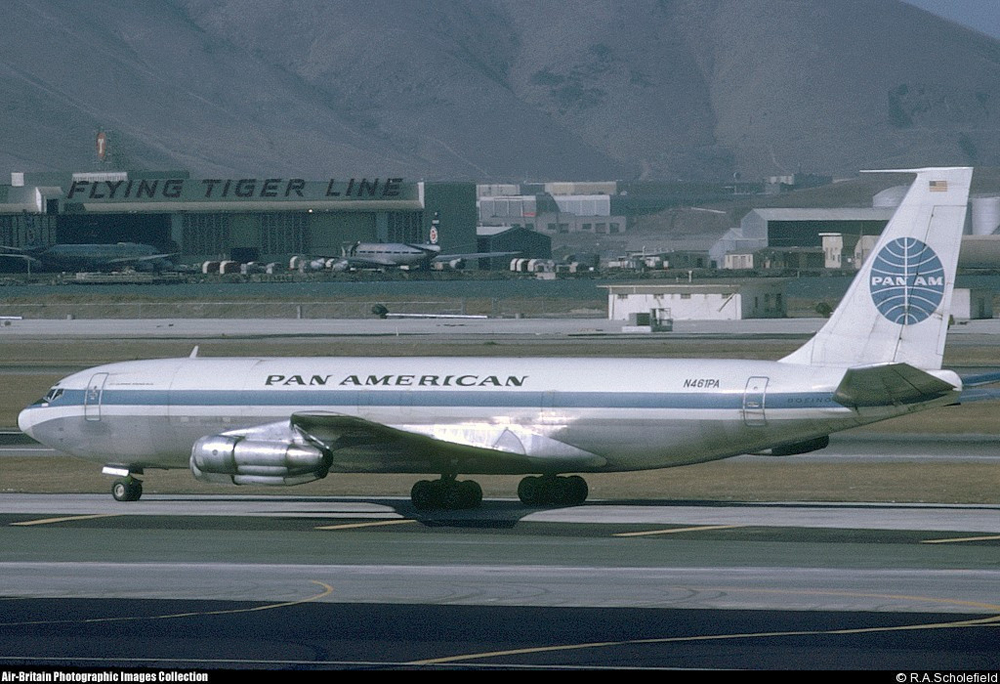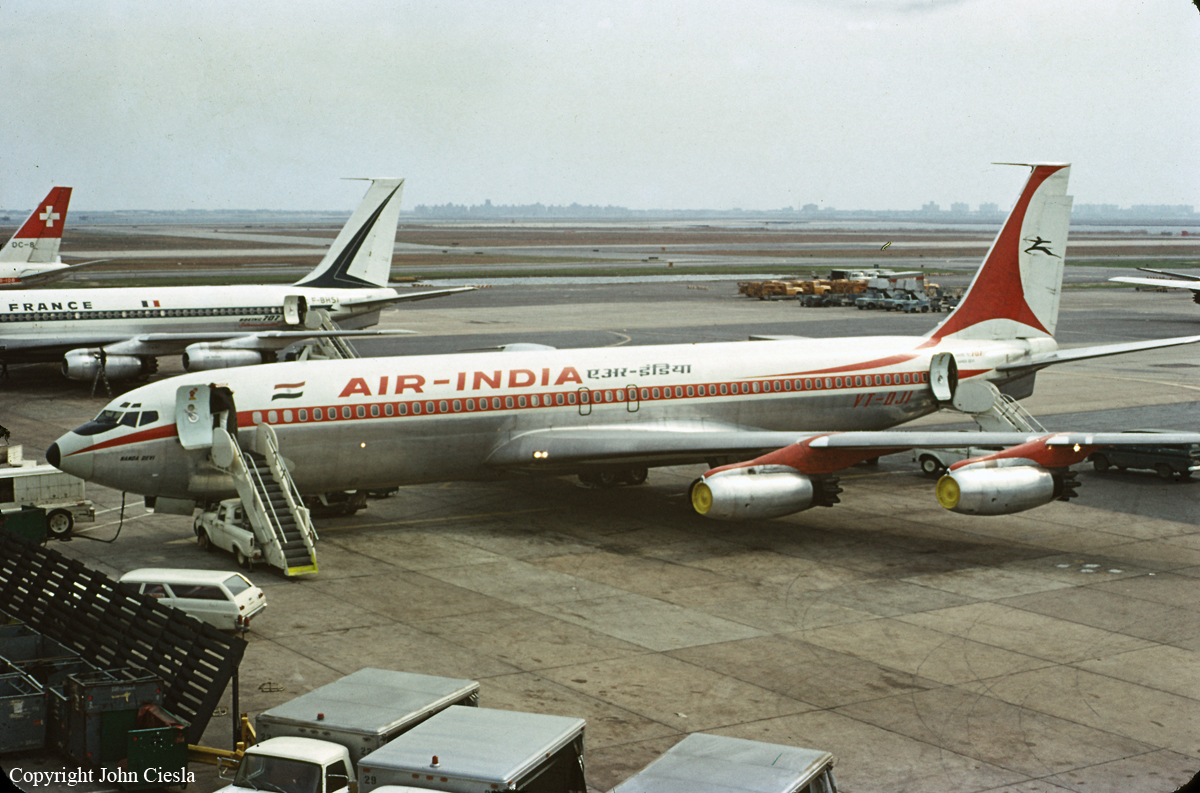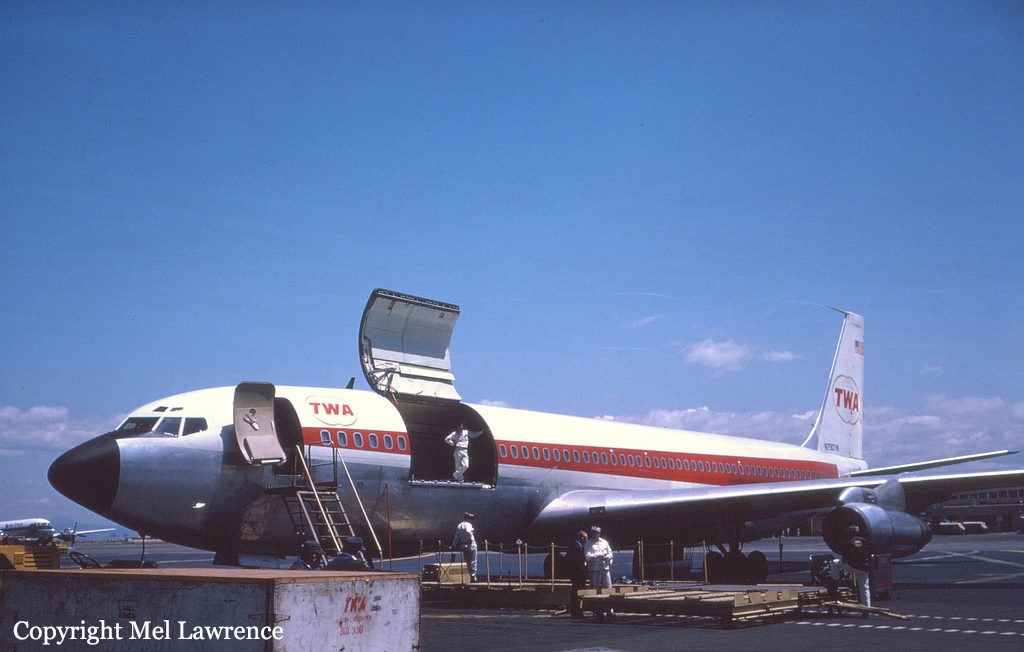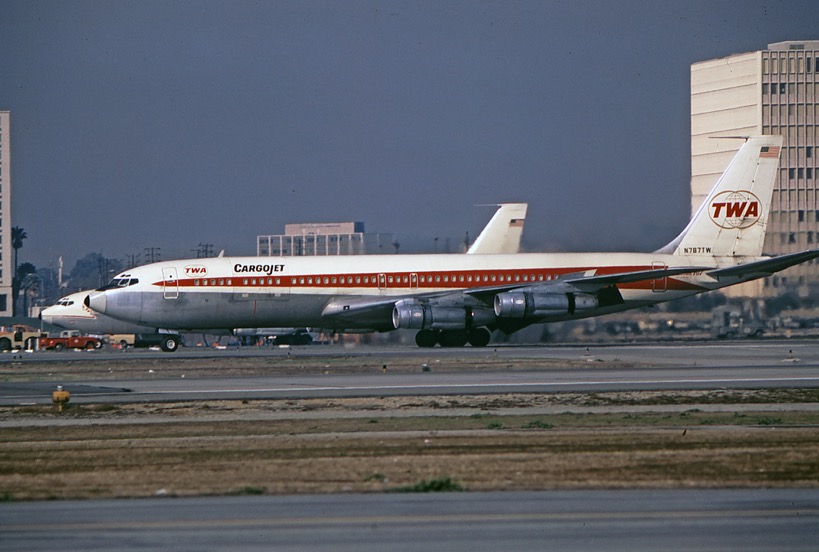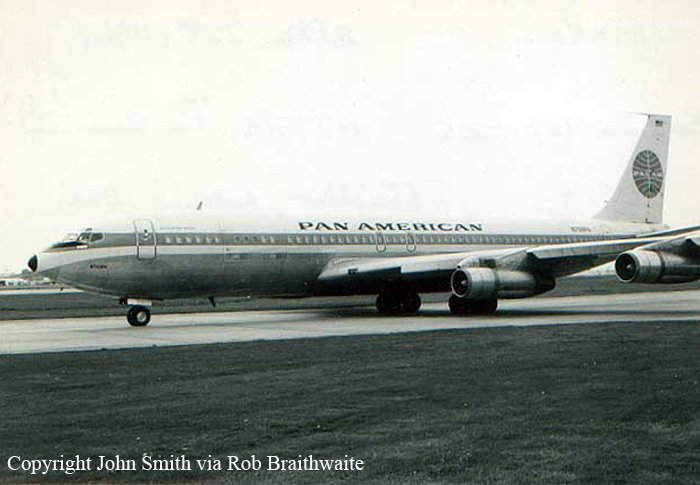Crash of a Boeing 707-340C in Ürümqi
Date & Time:
Dec 15, 1971
Registration:
AP-AVZ
Survivors:
Yes
Schedule:
Karachi - Ürümqi
MSN:
20487/847
YOM:
1971
Crew on board:
5
Crew fatalities:
Pax on board:
0
Pax fatalities:
Other fatalities:
Total fatalities:
0
Circumstances:
The descent to Ürümqi-Diwopu Airport was initiated in poor weather conditions due to snow falls. On final, the crew was too high on the glide, causing the plane to land too far down the runway. After touchdown, the airplane was unable to stop within the remaining distance, overran and came to rest few dozen yards farther. All five crew members were slightly injured and the aircraft was destroyed.
Probable cause:
Wrong approach configuration on part of the crew who attempted to land while the aircraft was too high on the glide. As the approach configuration was non compliant, the crew should initiate a go-around manoeuvre.


